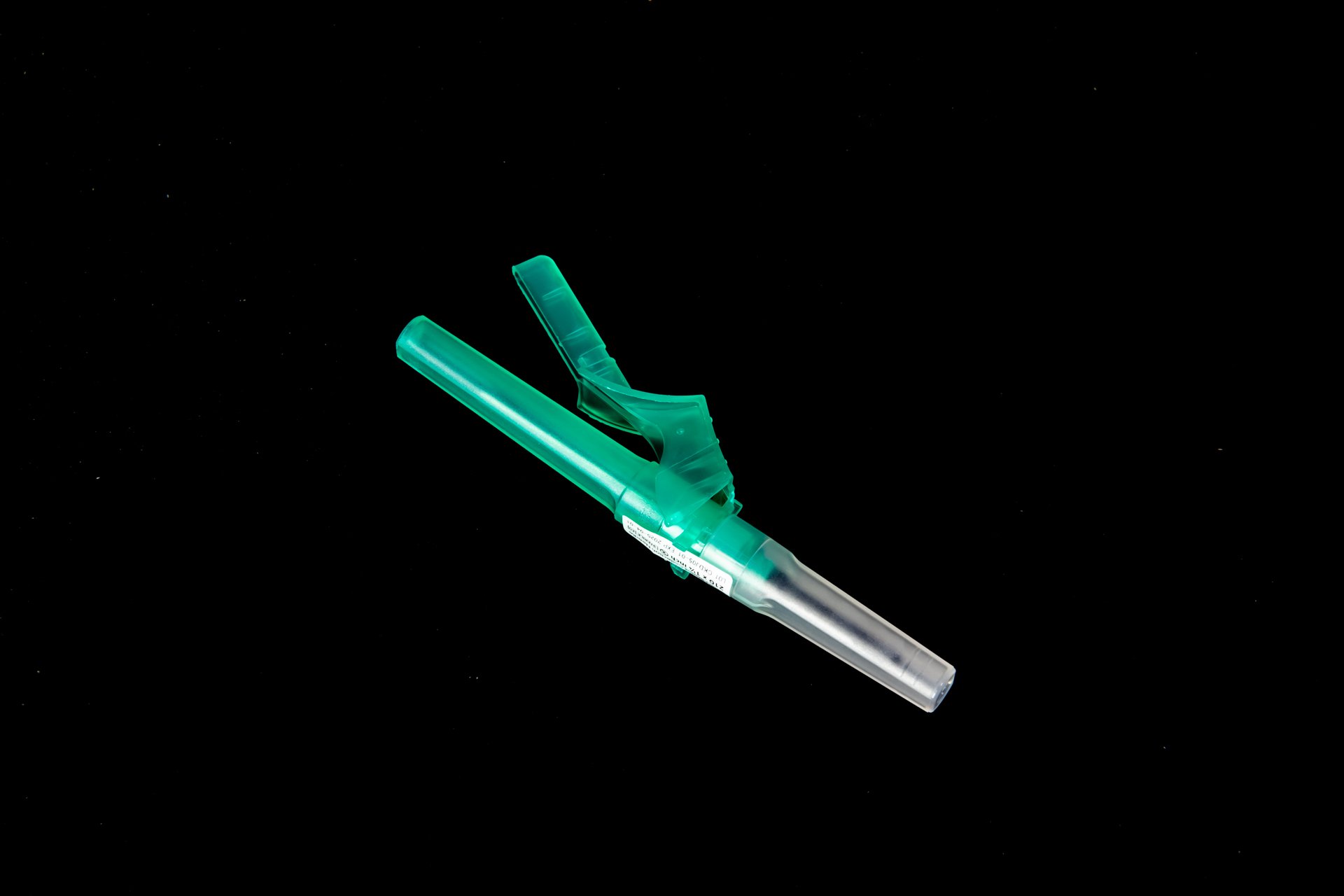Pain Reduction In Blood Collection Needle Innovations
When it comes to blood collection, one of the biggest concerns for patients is the pain associated with the needle prick. However, advancements in technology and innovations in needle design have helped to address this issue, making the process less painful and more comfortable for patients. In this article, we will explore some of the latest innovations in blood collection needles that are aimed at reducing pain and improving the overall patient experience.
Needle Gauge
One of the most important factors in reducing pain during blood collection is the gauge of the needle. Needle gauge refers to the thickness of the needle, with lower gauge numbers indicating a thicker needle. Thicker needles are typically more painful and can cause more tissue damage, while thinner needles are associated with less pain and discomfort.
Recent innovations in needle technology have led to the development of ultra-thin needles with smaller gauges, such as 25G or 27G needles. These thinner needles are able to penetrate the skin more easily and with less force, resulting in a more comfortable experience for the patient.
Painless Insertion
In addition to needle gauge, the design of the needle tip also plays a crucial role in reducing pain during blood collection. Traditional needle tips are sharp and can cause discomfort upon insertion. However, new needle designs incorporate features such as bevel cuts and lubrication coatings that help to make the insertion process smoother and less painful.
Some innovative needle designs have even been developed to reduce the sensation of pain during insertion. For example, vibrating needles use a small motor to create a gentle vibration that distracts the nerves in the skin, reducing the perception of pain. These needles have been shown to be effective in minimizing pain and anxiety in patients undergoing blood collection.
Microfluidic Technology
Microfluidic technology is another area of innovation that has the potential to revolutionize blood collection. Microfluidic devices use tiny channels to control the flow of fluids, allowing for more precise and efficient blood collection processes. These devices can be integrated with traditional needles to improve the accuracy of blood draws and reduce the risk of bruising and discomfort.
One example of microfluidic technology is the VeeTip needle, which features a series of microchannels that help to guide the flow of blood into the collection tube. This design reduces the chances of hemolysis, or the breakdown of red blood cells, which can result in inaccurate test results and additional pain for the patient.
References:
Overall, innovations in blood collection needle design have made significant strides in reducing pain and improving the patient experience. By focusing on factors such as needle gauge, painless insertion, and microfluidic technology, healthcare providers can help to make blood collection a more comfortable and less stressful process for patients. As technology continues to advance, we can expect to see even more improvements in needle design that further enhance the blood collection experience for patients.
Disclaimer: The content provided on this blog is for informational purposes only, reflecting the personal opinions and insights of the author(s) on phlebotomy practices and healthcare. The information provided should not be used for diagnosing or treating a health problem or disease, and those seeking personal medical advice should consult with a licensed physician. Always seek the advice of your doctor or other qualified health provider regarding a medical condition. Never disregard professional medical advice or delay in seeking it because of something you have read on this website. If you think you may have a medical emergency, call 911 or go to the nearest emergency room immediately. No physician-patient relationship is created by this web site or its use. No contributors to this web site make any representations, express or implied, with respect to the information provided herein or to its use. While we strive to share accurate and up-to-date information, we cannot guarantee the completeness, reliability, or accuracy of the content. The blog may also include links to external websites and resources for the convenience of our readers. Please note that linking to other sites does not imply endorsement of their content, practices, or services by us. Readers should use their discretion and judgment while exploring any external links and resources mentioned on this blog.



